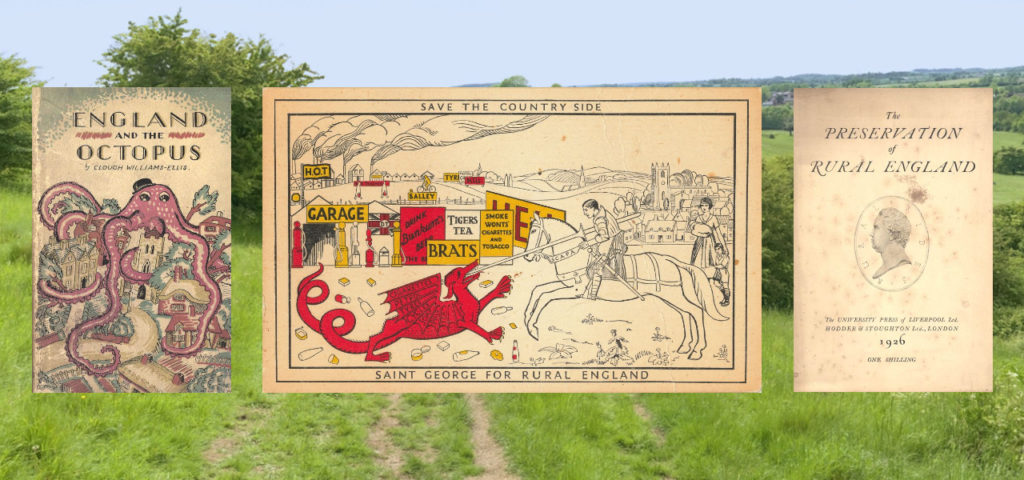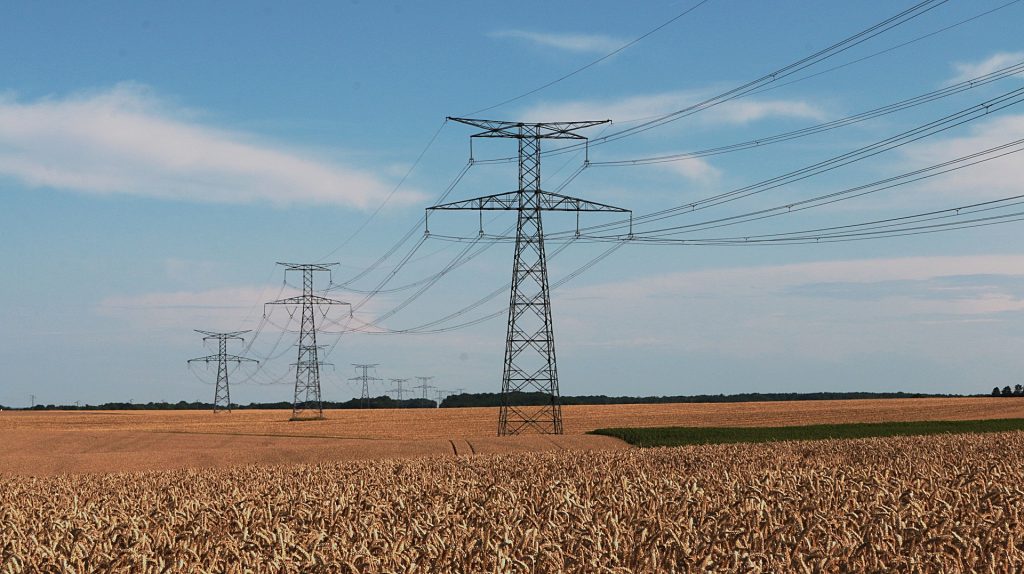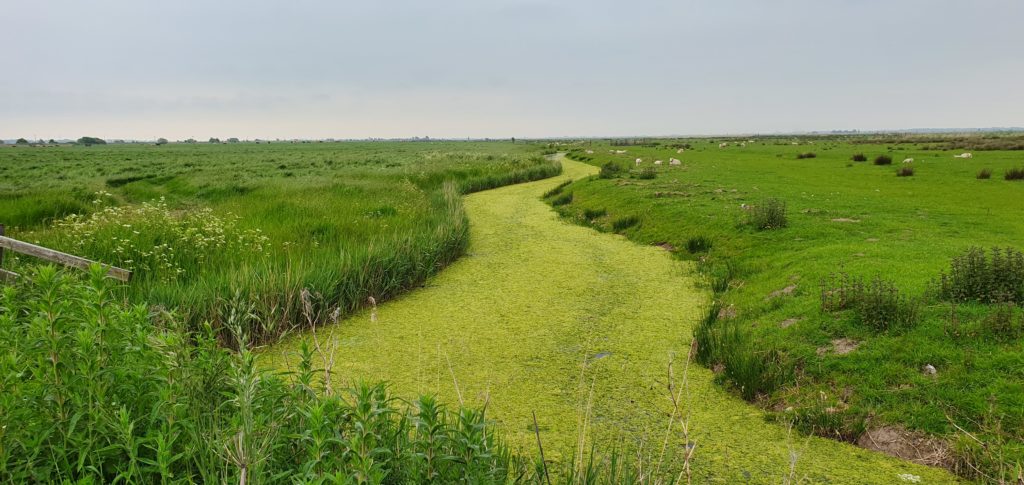2000s and the 75th Anniversary

A decade with a name change, planning campaigns, eco homes and local food
After the turn of the millennium, the branch changed its name from the Norfolk Society back to its original name CPRE Norfolk.
An office was established in the city at Norwich’s Environment Centre, The Greenhouse, leading to improved interest in the branch’s work and a new stream of volunteers.
A Local Food Campaign was launched. CPRE Norfolk produced a report to highlight the availability and benefits of foods produced and consumed near their source.
In 2004, the branch organised Norfolk’s first conference for planning professionals on light pollution. We also hosted the launch of the report into light pollution and astronomy by the Government’s Select Committee on Science and Technology.
The branch was involved for many months during 2005 and 2006 in giving evidence to the Examination-in-Public of the new East of England Regional Plan.
Following a successful campaign to promote sustainable buildings in Norfolk, CPRE Norfolk launched the UK’s first ‘open eco-homes’ event in 2007, opening up some of Norfolk’s most energy-efficient buildings for tours with architects, builders, and homeowners.
The 75th Anniversary of CPRE Norfolk was celebrated in 2008 and was attended by the CPRE President, Bill Bryson.
National CPRE campaigns in the 2000s
The ‘brownfield first’ land development campaign was launched nationally to protect greenfield sites from development.
CPRE persuaded the government not to relax rules on rural advertising hoardings.
CPRE published its Guide to Quiet Lanes, helping campaigners save country roads from fast-growing traffic.
Thanks to local and national campaigning by CPRE, light pollution become a statutory nuisance in the Clean Neighbourhoods and Environment Act 2005 and the UK’s first ever Star Count was organised.
Leading on from the tranquillity maps, the Saving Tranquil Places report argued that “we all need tranquillity for our mental, physical and spiritual health.” A unique method of mapping countryside ‘intrusion’ was developed and mapped.
Litter was a focus with the ‘Stop the Drop’ campaign. This included a call for a nationwide deposit system for drinks containers, rewarding the public for returning used drinks containers to boost recycling and reduce litter.
CPRE’s Vision to 2026 was published in 2009.






